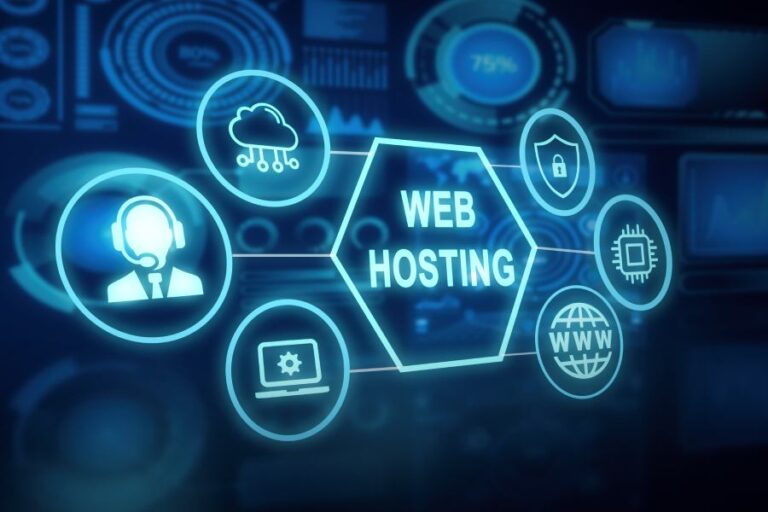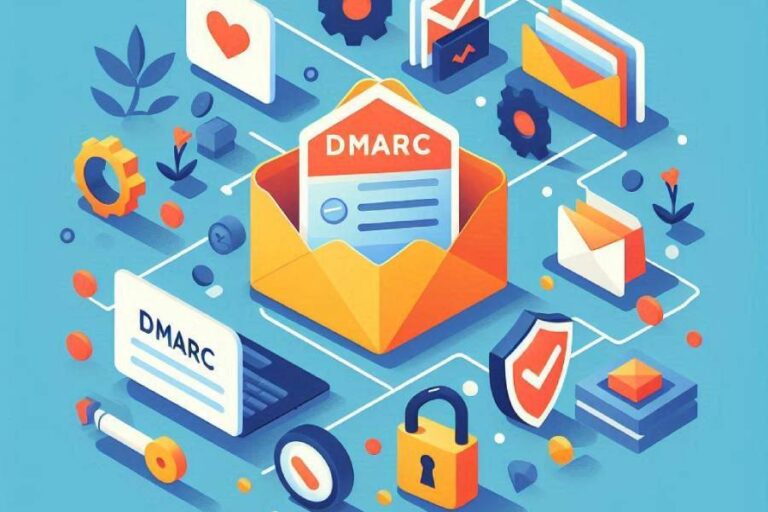
How To Add Your Domain To HostGator: A Step-by-Step Guide
Adding a domain to HostGator can feel like a daunting task, especially if you’re new to web hosting. But don’t worry! This guide will break it down into simple steps that you can follow easily. Many users get stuck on the initial setup, but with a little patience and some guidance, you’ll have your domain…

No DMARC Record Found? Here’s How to Fix Your Domain’s Email Security
In today’s digital landscape, securing your email is more important than ever. If you’ve recently encountered the message “no DMARC record found,” it can feel like a daunting hurdle. But don’t worry—this common issue simply means your domain isn’t protected by DMARC, a key player in email security. Without it, your emails are at risk…

Car Cameras Hackable, UK Water Breach, Thailand Frees Captives
Another week, another cyber news bulletin to make you cyber aware! Hello people, we are back again on the fourth week of February. In this last bulletin of the month, we are going to talk about the vulnerability of car cameras against hackers, the long-lasting impact of data breaches on critical infrastructure like water utility…
Top 8 email security protocols that can shield your brand’s reputation
We hate to break it to you, but no matter how much you try, you cannot be invincible against malicious cyberattacks. Cybercriminals realize that email is the backbone of your organization’s communication infrastructure, which is why they leave no chance to exploit vulnerabilities. From phishing attacks to domain spoofing and business email compromise (BEC), threat…

How does DMARC compensate for SPF drawbacks?
SPF is a DNS-based email authentication protocol that allows domain owners to specify which email servers are authorized to send emails on behalf of their domain. When an email is received, the recipient’s server checks the SPF record to verify if the sending server’s IP address is authorized. This process ensures that emails sent by…

DeepSeek lacks security, Japan strengthens cybersecurity, Trump’s Cyber Nominee
Hola people! We hope you have managed to keep those menacing cybercriminals at arm’s length with your knowledge and vigilance. We are back again with the third bulletin of the month. This edition will cover important topics like DeepSake’s failure to cater to security checks, Japan’s newly formed ‘Active Cyber Defense’ bill, and the nomination…
